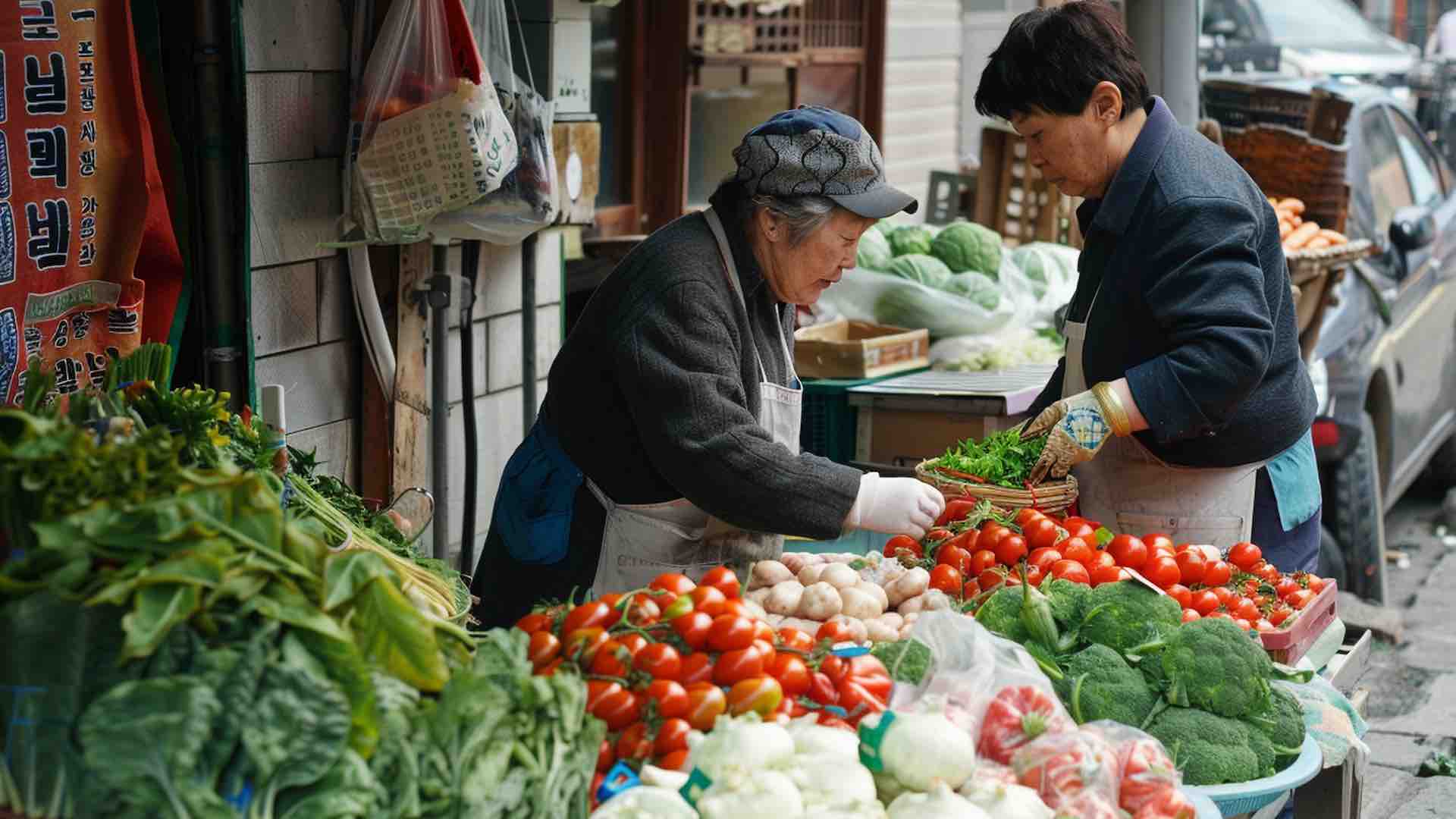China’s consumer inflation fell to 0.1% year-on-year in December, according to data released by the National Bureau of Statistics on Thursday. The slowdown in inflation has heightened concerns over deflation, as weak domestic demand persists despite government stimulus measures. The latest consumer price index (CPI) growth aligned with analysts’ expectations but marked a decline from November’s 0.2% increase.

Core CPI, which excludes the volatile food and energy categories, rose 0.4% year-on-year, improving slightly from November’s 0.3% rise. Month-on-month, CPI remained flat after a 0.6% decline in the previous month. Food prices dropped 0.6% month-on-month, driven by favorable weather conditions. Notable declines were observed in fresh vegetables and fruits, which fell 2.4% and 1%, respectively. Pork prices, a significant component of China’s CPI basket, decreased by 2.1% on a monthly basis.
Despite these short-term declines, pork and fresh vegetable prices remain elevated year-on-year, with pork prices up 12.5%. Producer price inflation (PPI) also reflected ongoing economic pressures, falling 2.3% year-on-year in December. This marked the 27th consecutive month of wholesale price declines. While the figure slightly outperformed estimates of a 2.4% drop, monthly PPI edged down by 0.1%, reversing a 0.1% rise in November.
Seasonal slowdowns in construction and real estate projects were cited as key factors reducing demand for steel and other materials. The near-zero consumer inflation rate underscores weak domestic demand, despite measures introduced by Beijing since September. These include interest rate cuts, property market support, and increased bank lending. Recent initiatives, such as subsidies under a trade-in program for consumer goods, have shown limited success in stimulating broader consumption.
“Subsidies for specific products can offer temporary relief, but they fail to address the broader weakness in spending,” said Louise Loo, lead economist at Oxford Economics, adding that such programs may lead to reduced spending in subsequent months. Shaun Rein, managing director of the China Market Research Group, noted the limited impact of these efforts, questioning the program’s ability to revitalize retail sectors comprehensively.
China’s economy faces mounting challenges as deflationary pressures loom ahead of the Chinese New Year shopping season. Consumers, anticipating substantial discounts, are expected to continue holding back spending. Despite these headwinds, certain sectors offer signs of resilience. Factory activity has expanded for three consecutive months, though the pace of growth slowed in December. Carlos Casanova, senior economist at Union Bancaire Privée, highlighted ongoing headwinds in China’s property market and trade tensions with the U.S. as significant obstacles to recovery. “While the economy has shown some recovery following policy adjustments, these challenges remain persistent,” he said.
Amid these developments, China’s currency also reflected economic concerns. The onshore yuan hit a 16-month low of 7.3316 against the U.S. dollar on Wednesday, as rising U.S. Treasury yields bolstered the dollar’s strength. The yuan’s depreciation highlights investor concerns about the pace of China’s economic recovery, particularly as other global economies exhibit stronger growth trajectories. Economists predict that while Beijing’s reflation efforts, include monetary easing and fiscal measures, the overall recovery is likely to remain subdued given the persistent structural challenges in consumption and the property sector. – By MENA Newswire News Desk.
